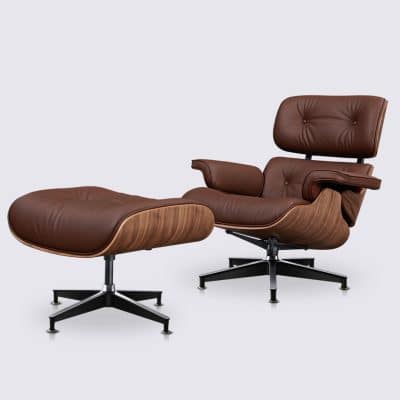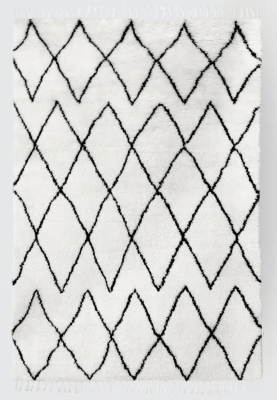
How to clean your leather armchair? Maintain your leather armchair to preserve its elegance and
⚡ Special deals before new collection
⚡ Special deals before new collection
To ensure the longevity and appearance of your fabric sofaregular maintenance is crucial. Weekly vacuuming with the vacuum cleaner’s brush attachment removes dust, crumbs, hairs and other dirt. This prevents these particles from becoming deeply embedded in the fabric fibers.
For small stains, use a special stain remover or natural products such as white vinegar and baking soda. These solutions are effective in removing stains without damaging the fabric. However, it’s always advisable to check your sofa’s instructions for use to ensure that the material can withstand humidity and contact with water.
Discover our fabric sofa collection
Before starting any maintenance, it’s essential to read your sofa’s instructions. These instructions contain valuable information on materials and appropriate cleaning methods. Some textiles, for example, cannot withstand moisture and need to be dry-cleaned.
To remove stains and dust, start by carefully vacuuming the sofa. Use an appropriate nozzle to reach all the nooks and crannies and remove superficial dust and dirt. This step is crucial before applying any cleaning product.
Treat stubborn stains with a suitable stain remover. Natural products such as white vinegar and baking soda are often very effective. Apply the product to the stain, leave for a few minutes, then rub gently with a sponge.
Discover our fabric sofa collection
Frequent maintenance keeps your chairs and sofas in top condition. The more regularly you clean, the less time dirt has to settle in, and the fresher and cleaner your furniture will stay.
As well as vacuuming and treating stains, remember to air your rooms regularly to avoid unpleasant odors and moisture build-up.
Before cleaning your sofa, carefully inspect the fabric and identify any stains. This inspection will enable you to identify areas requiring special attention and adapt your cleaning method accordingly.
Identify worn or fragile areas to avoid aggravating their condition during cleaning. Careful inspection is the key to effective, risk-free maintenance.
Before applying a cleaning product to your entire sofa, it’s crucial to test it on a discrete area of the fabric. This will ensure that the product does not damage the material or cause discoloration.
White vinegar is an excellent ally for cleaning fabric sofas. Mix 500 ml of white vinegar with a tablespoon of washing-up liquid in 200 ml of lukewarm water. Soak a sponge in the solution and rub the sofa.
Rinse thoroughly with a cloth dampened with clear water, then dry with a clean, dry cloth. White vinegar disinfects and deodorizes, while being gentle on the fabric.
Discover our fabric sofa collection
Soda crystals are particularly effective for removing stubborn stains. Dilute one cup of soda crystals in a bowl of water. Soak a sponge in the mixture and rub the stained areas of the sofa.
Rinse with clean water and dry with a clean cloth. This product is ideal for plain and light-toned fabrics, but may present a risk of discoloration for dark fabrics.
Baking soda is another natural cleaning tip. Sprinkle it directly onto the stains and leave for about 15 minutes. Then rub gently with a damp sponge.
Baking soda helps absorb odours and loosen dirt. Vacuum up bicarbonate residues for best results.
Steam cleaning is an effective method of deep cleaning. Steam removes dirt and disinfects fabric without the use of chemicals.
Use a steam cleaner suitable for textiles and follow the manufacturer’s instructions. Run the machine over the whole sofa, concentrating on the dirtiest areas. Leave to dry naturally after cleaning.
Discover our fabric sofa collection
Ammonia is a powerful solution for cleaning heavily soiled fabrics. Dilute a small amount of ammonia in water and apply the solution with a sponge.
Gently rub the stained areas, rinse thoroughly with clean water, then dry with a clean cloth. Ammonia is very effective, but use it with care and in a well-ventilated area.
To protect your fabric sofa, use specific protective sprays on a daily basis. These products form an invisible barrier that repels liquids and prevents stains.
Apply the spray all over the sofa, following the manufacturer’s instructions. Reapply regularly for optimum protection.
Protective slipcovers are a practical solution for protecting your sofa from dirt and wear. Choose slipcovers that fit snugly and are machine-washable for easy care.
The covers protect the original fabric and are easy to remove and clean. They also allow you to change the style to suit your mood.
To prevent fading and fabric deterioration, protect your sofa from direct sunlight. UV rays can damage fibers and cause fabric to lose its color.
Use curtains or blinds to filter light and protect your furniture. The right arrangement of your furniture will prolong its life and appearance.
Discover our fabric sofa collection
A common mistake is not to read the sofa instructions before cleaning it. This negligence can lead to the use of unsuitable products and damage to the fabric.
The manual contains essential information on materials and appropriate cleaning methods. Please take the time to consult it before any intervention.
Using unsuitable products can cause irreversible damage to your sofa. Avoid aggressive chemical products and prefer natural, textile-specific solutions.
Always test products on an inconspicuous area before applying them to the whole sofa. This will allow you to check their compatibility with the fabric.
Not testing cleaning products before use is a common mistake. Applying a product directly can cause undesirable reactions such as staining or discoloration.
Always test a small amount on a hidden area of the sofa. If there are no problems, you can safely use the product on the rest of the furniture.

How to clean your leather armchair? Maintain your leather armchair to preserve its elegance and

The Berber carpets are renowned for their beauty and craftsmanship. These rugs, often associated with
Profitez de 10€ offerts sur votre 1ère commande dès 100€ et recevez nos conseils déco & offres exclusives.
Get €10 free on your 1st order from €100 and receive our decorating tips & exclusive offers.